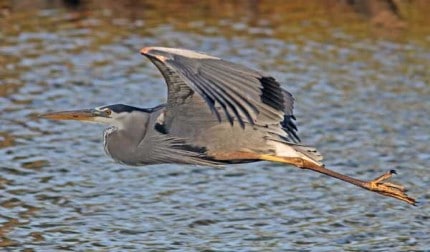
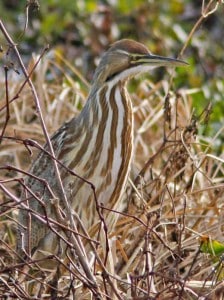
(Chelsea Update would like to thank Tom Hodgson and the Waterloo Natural History Association for the information and photos in this column.)
The Chelsea area is well known as a go-to place to see sandhill cranes, but there are some other long-legged wading birds that also frequent area lakes and wetlands. Five members of the heron family may show themselves to careful observers. Four of these arrive in early spring.
The most frequently seen is the majestic great blue heron. Nearly as big as a sandhill, it stands about 4-feet tall with a 6-foot wingspan. The great blue is sometimes confused with the sandhill, but flies with its neck in an S curve and his head resting on its shoulders. Cranes fly with their necks fully extended. Herons also have an opposable toe on each foot, which cranes lack, which allows them to roost and nest in trees.
The great blue can be seen hunting along the shores of most area lakes, especially in the early morning or evening, when there is less boat traffic. They are colonial nesters, and several active nesting colonies are found in remote parts of the Waterloo Recreation Area. Great blue herons may fly several miles from their nesting sites each day to feed.
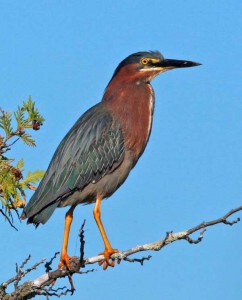
They return to our area as soon as the ice is gone in late March or early April. Great blue herons eat a wide variety of creatures that frequent shallow waters including small fish, frogs and tadpoles, crayfish, and even an occasional small snake.
The green heron is a smaller (crow-sized) and less conspicuous bird. Although also seen along the shores of area lakes, it is more likely to visit shallow, weedy wetlands where it feeds on small fish and frogs. It is (in my opinion) poorly named for a faint green wash that can be seen on its wings only under the best lighting conditions. It often goes unnoticed by boaters and kayakers until it flushes with a loud squawk. Green heron arrive in April and nest individually rather than in colonies.
The American bittern is heard more often than seen, for good reason. It is a master of camouflage, blending in almost perfectly against marsh vegetation. Its strange call can be heard in area marshes most often in early morning and evening. The sound has been variously described as that of a squeaky hand pump, or a vomiting dog, and can be heard from quite a distance on quiet mornings. To hear his call, click on this link.
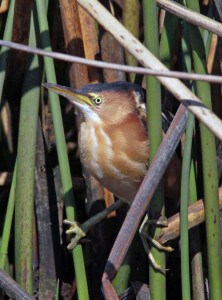
Although they may be heard in many area wet lands, one of the best places to visit is the area of Big Portage Marsh on Reithmiller Road, near the Lutheran Church.
Finally, the smallest and most reclusive member of the heron family is the least bittern. This bird’s body is laterally compressed so it can squeeze between densely packed stems of rushes or cattails with ease. Thus, it spends most of its time hidden from view. Though seldom seen, they can be heard at the Reithmiller road location that is also good for American bitterns. To listen to the least bittern’s subtle call click on the following link.
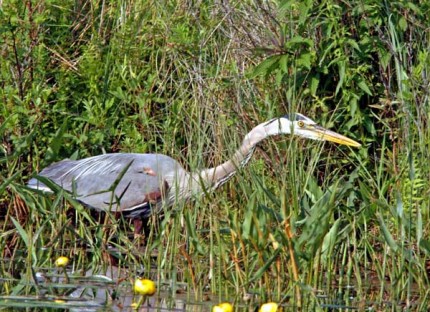








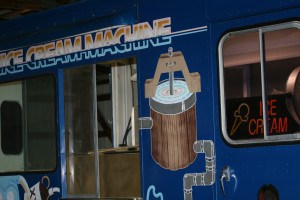
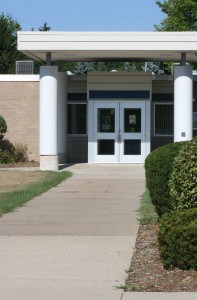










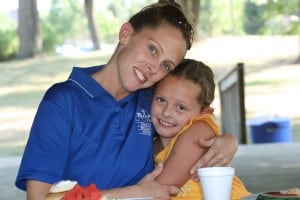
Thanks so much for sharing this information about these interesting birds.